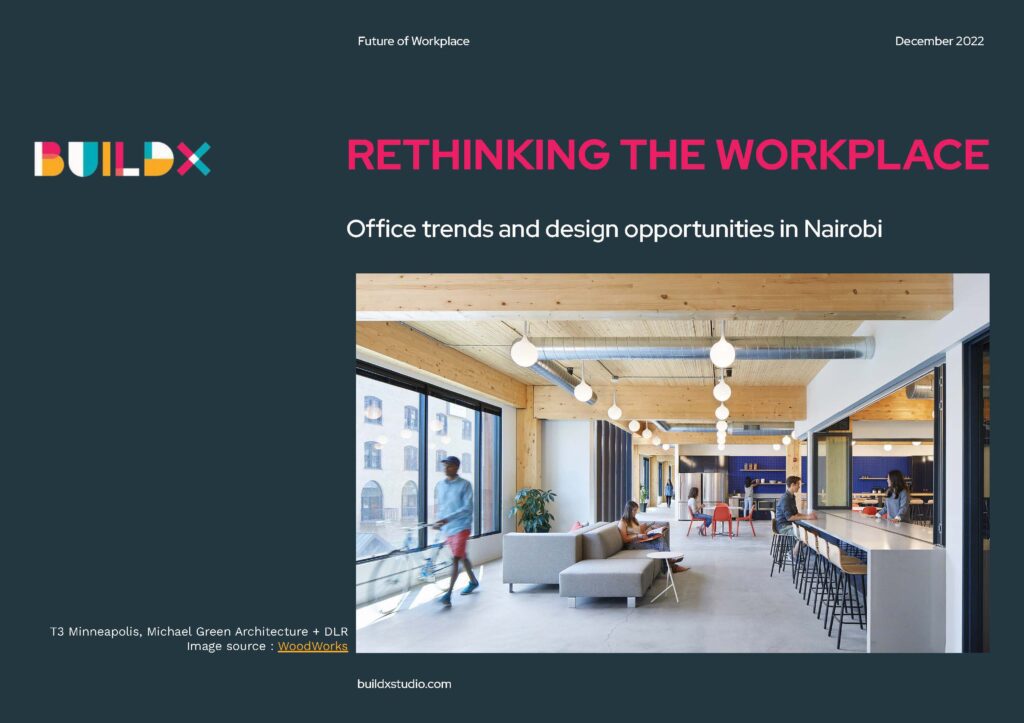SUMMARY
Work environments have been evolving rapidly over the last decade. The design of workspaces should reflect these transformations, to drive productivity and growth.
A number of global mutations in workspaces are currently occurring around the world. The way people work and want to work is changing. What specific trends affect offices in Nairobi? What are the implications of these trends for the design of future workplaces?
BuildX’s research ‘The Future of Workplace’ explores these questions, based on a series of interviews with local companies and desktop research, carried out during September-October 2022.
Our findings shed light on a number of key trends in Nairobi’s offices, revolving around the following themes:
● Remote and hybrid work have become customary in many organisations.
● Socialisation plays a crucial role in building team dynamics in the workplace. Many companies try to promote personal interactions and
connections between employees, by encouraging their teams to go back to the office.
● There is a need for both team work and focussed times across many sectors and organisation types.
● More and more companies strive to make work enjoyable and fulfilling for their employees through a healthy work environment.
● There is an increasing emphasis on sustainability goals within the workplace.
Based on these recurring patterns, the research identifies a range of design considerations, to be kept in mind when creating tomorrow’s
workplaces :
● Offices should offer a range of work spaces and configurations to accommodate the diverse activities happening in the workplace.
● Some qualities of home can be brought into the professional environment, to increase the comfort of employees at work.
● Designing offices that are friendly to the environment and that protect the physical and mental health of workers will benefit both people and the planet.
● Using natural materials in office spaces, such as timber, can lower stress and anxiety while increasing employees’ satisfaction, levels of concentration and improving productivity. Timber construction also requires less time, less energy and less polluting processes than other materials, becoming a great asset for net-zero carbon buildings.
TRENDS
REMOTE & HYBRID WORK
Ever since the Covid pandemic, remote and hybrid working has become customary in many organisations. Increased digitalisation of work is supporting this trend.
Since 2020, many companies have been operating in hybrid or fully remote working models. Some have reduced the number of permanent workspaces to match a lower occupancy, or have given up their offices altogether.
Remote working is praised by a large number of employees, who appreciate working from the comfort of their own home or a different location of choice, saving on commuting time and costs and being able to have a better work-life balance.
Remote or hybrid work however can bring challenges in team coordination and communication – and lead to drops in productivity and efficiency – which must be considered and mitigated.
Since 2020, many companies have been operating in hybrid or fully remote working models. Some have reduced the number of permanent workspaces to match a lower occupancy, or have given up their offices altogether.
Remote working is praised by a large number of employees, who appreciate working from the comfort of their own home or a different location of choice, saving on commuting time and costs and being able to have a better work-life balance.
Remote or hybrid work however can bring challenges in team coordination and communication – and lead to drops in productivity and efficiency – which must be considered and mitigated.
Johnni Kjelsgaard, Founder & CEO, Growth Africa – Business Accelerator
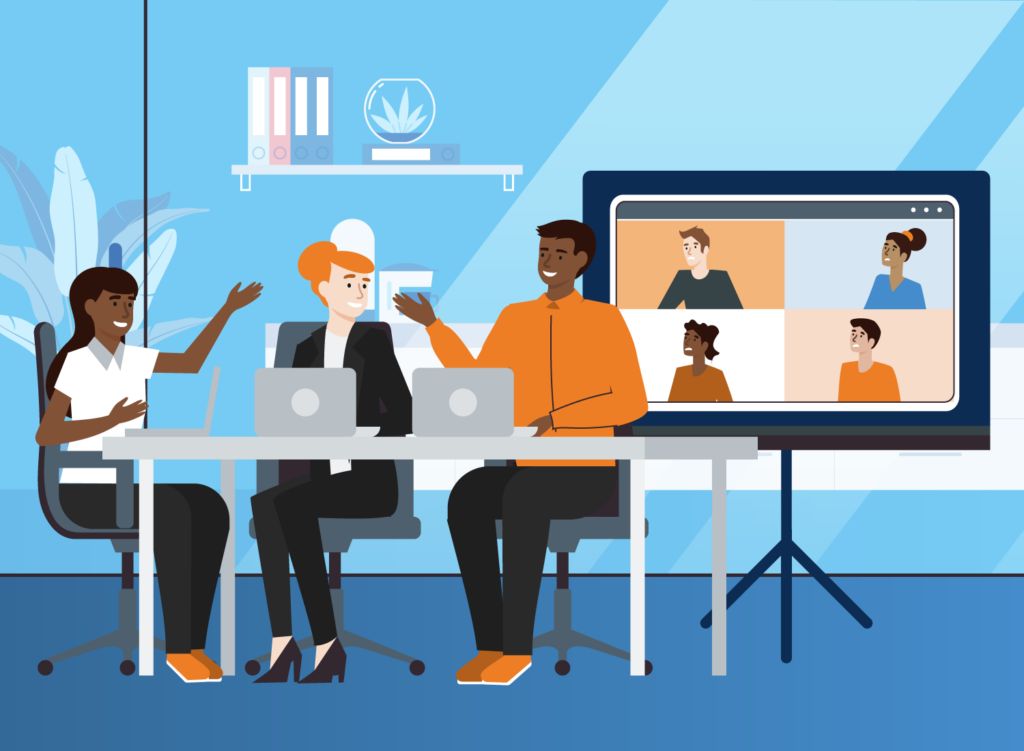
Source : TechSmith, ‘Proximity Bias and Hybrid Work’
REMOTE & HYBRID WORK
Personal interactions play a crucial role in team dynamics. Many organisations try to encourage socialisation between employees by bringing them back to the office.
Even though many components of office work can nowadays be done digitally and remotely, in-person interactions are still an essential ingredient for team-building and ensuring greater collaboration.
Many workers identify socialisation as a benefit of being physically present in the office. Feeling part of a team helps to maintain morale and motivation of teams and ultimately has a positive impact on efficiency and productivity levels.
More and more companies use social activities and collaborative spaces as a
way to encourage employees back to the office.
Damaris Lilech, Head of People, Open Capital Advisors – Management Consulting
Source : TechSmith, ‘Proximity Bias and Hybrid Work’
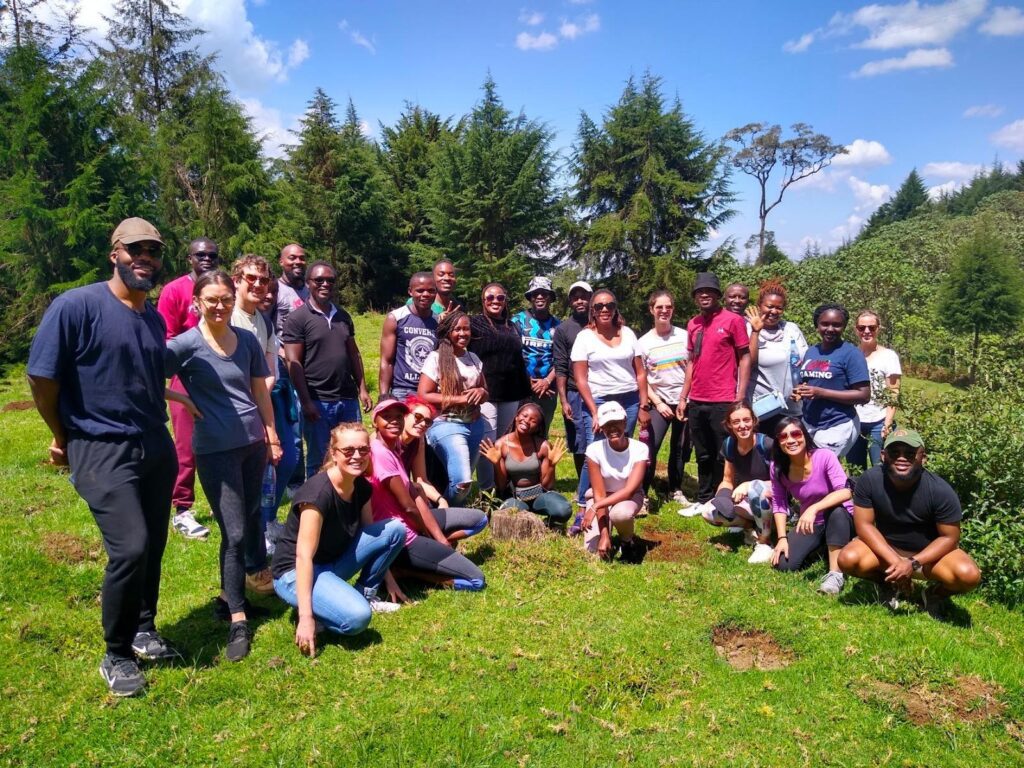
Tree planting, BuildX team activity
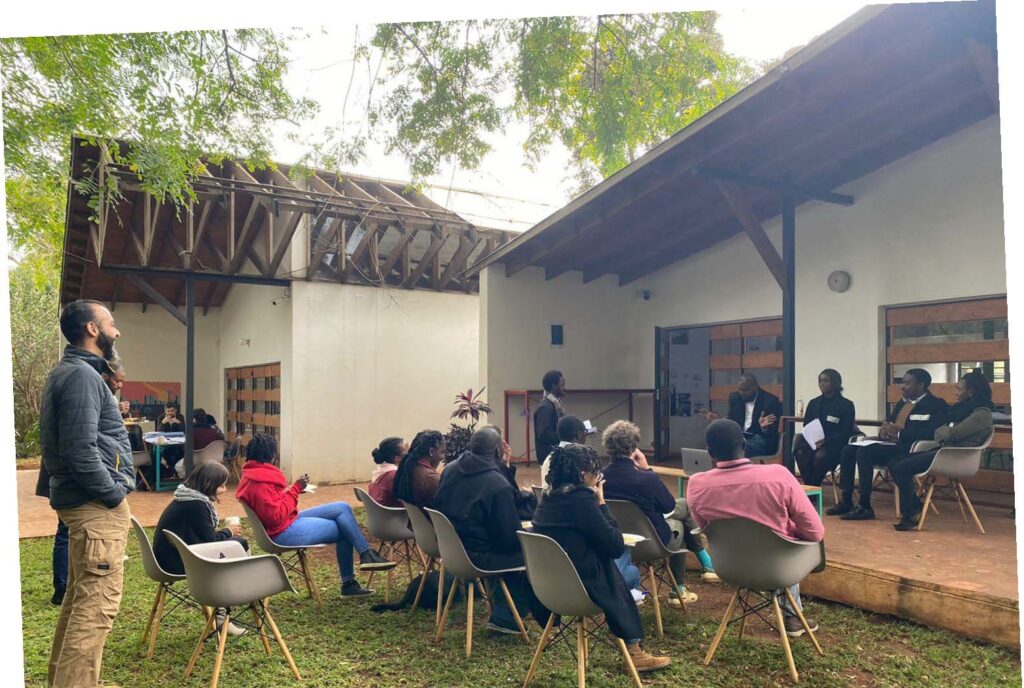
Team debate, BuildX
COLLABORATION vs. FOCUS WORK
Many office workspaces require gradients of privacy to accommodate collaborative tasks as well as focused work.
In particular organisations with strong pledges for transparency and openness aim to reflect these values in their physical workspaces. This usually translates into avoiding designated enclosed offices and emphasising on collaborative spaces.
At the same time, workspaces must be able to house a range of tasks, from individual work to small team meetings or even large gatherings, while making sure that none of these activities infringes on the focus of other colleagues.
The efficiency of the workspaces must also be considered, to avoid regularly unused spaces such as board rooms.
“Everyone works with each other, on top of each other, all the time. […] But sometimes you shouldn’t be able to find the person because they need to focus and isolate.”
Alex Pitkin, Chief Technical Officer, Roam – E-mobility
HEALTH & WELLBEING
An increasing number of companies strive to make work enjoyable and fulfilling for their employees through a healthy work environment.
For many companies, the provision of health insurance has become a core part of employees benefits. Beyond that, employee health and wellbeing encompasses the overall mental, physical, emotional, and economic health of workers.
Ensuring employee wellbeing can help them manage their stress levels and maintain a positive and productive team environment. Mental and physical health at work has received increased attention especially since Covid. For example by providing facilities that allow employees to momentarily break away from work and relax their minds, or to do physical exercise.
Bringing connections to the outside environment and to the natural world is also an essential factor for wellbeing in the workplace. Natural materials, plants and greenery as well as natural light are important factors to achieve this.
“Offices must feel like nature is brought inside and not like we are forced into a box.”
Alex Mwaura, Country Manager Kenya & Uganda, Moove – Sustainable Mobility
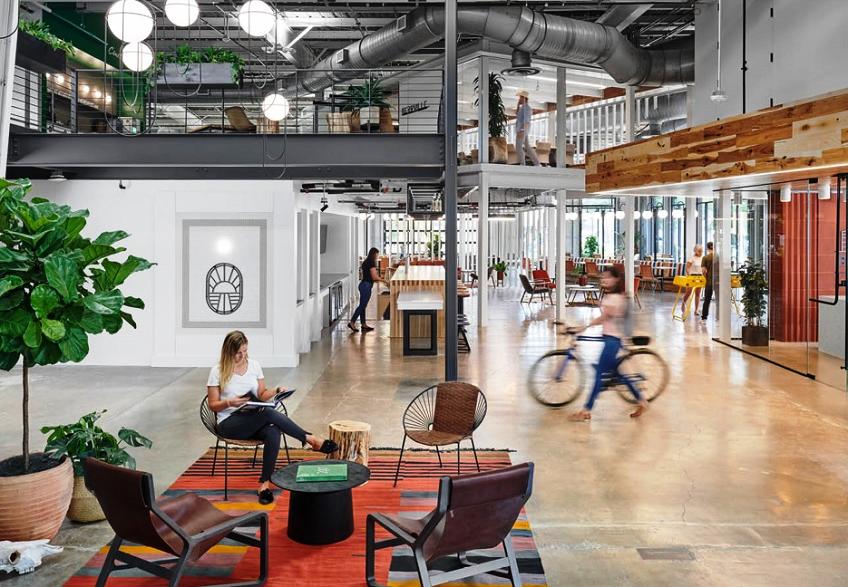
Source : MatchOffice News, ‘Flexible and healthy offices facing a tremendous post-corona breakthrough’
SUSTAINABILITY
More and more organisations are putting greater emphasis on sustainability goals. However, few of them apply these principles to their workspaces.
In the context of climate change, the demand for green office buildings is
increasing, especially from companies with formal sustainability goals.
Currently, the offer for green office spaces in Nairobi is relatively low, both for
shell-and-core buildings and co-shared offices. Tenants seldom have the
possibility to adapt their rented spaces to integrate sustainable systems and
equipments.
Most companies’ main focus is to provide a maximum number of spaces with
natural light and ventilation, in order to minimise the use of energy for lighting
and air conditioning. Very few of them have the possibility to implement stronger
sustainability measures such as reducing the carbon footprint of their offices during construction.
Alex Mwaura, Country Manager Kenya & Uganda, Moove – Sustainable Mobility
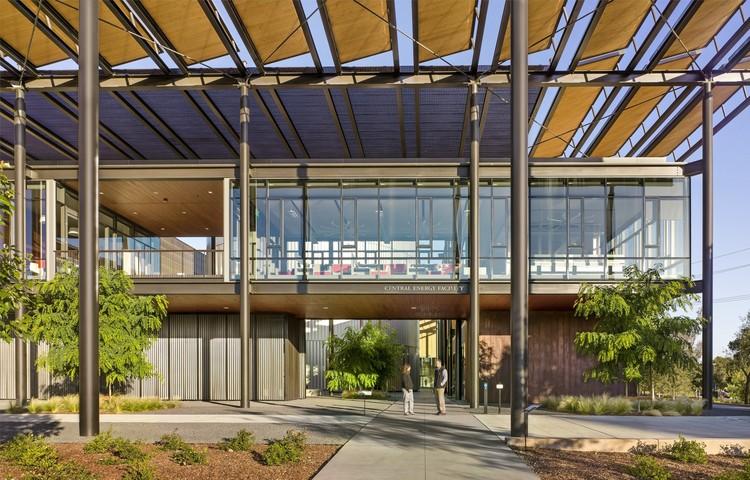
Source : Archdaily, ‘Solar Design : How Architecture and Energy Come Together’

